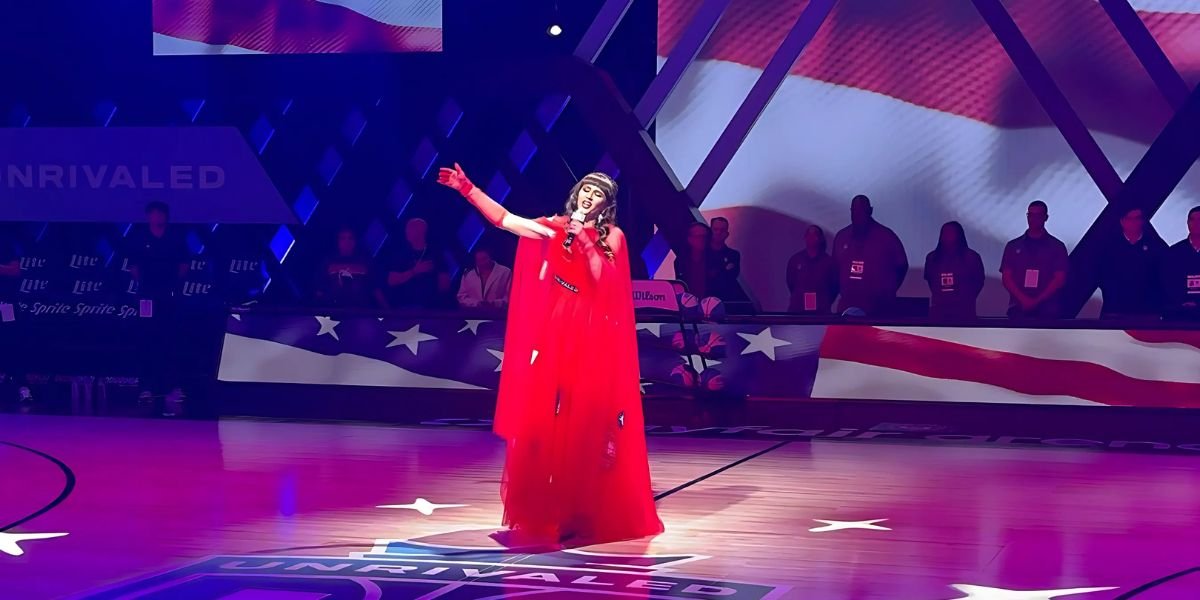Collaboration has become one of the most exciting and defining trends in the music industry. From cross-genre experiments to cross-cultural blends, collaborative projects bring musicians together to create music that pushes boundaries and captures audiences worldwide. The hype surrounding these collaborations reflects the myriad benefits they offer—not just for the artists involved, but for their fans, the industry, and the art of music itself. This article explores the deep appeal of collaborative projects, their impact on creativity, marketing, audience growth, and their role in shaping the global music landscape.
Creative Synergy and Innovation
At the heart of collaborative projects lies the potential for creative synergy, where the combined efforts of multiple artists yield something greater than the sum of their parts.
Diverse Skill Sets and Ideas
Collaboration brings together musicians with unique skills, styles, and perspectives, resulting in music that breaks new ground. For instance, a collaboration between a classical pianist and a hip-hop producer might create a fusion that blends traditional melodies with modern beats. This synergy allows artists to step outside their comfort zones, creating something they could not have achieved independently. Tracks like “Numb/Encore” by Linkin Park and Jay-Z exemplify how diverse skill sets can merge to create timeless hits.
Exploration of New Genres
Collaborative projects often encourage artists to explore unfamiliar genres, expanding their artistic horizons. A pop artist working with a country singer, or a jazz musician collaborating with an EDM producer, introduces new elements into their music. This exploration not only broadens the creative scope for the artists but also exposes audiences to genres they may not typically explore. Examples like Diplo’s collaborations with country star Morgan Wallen demonstrate how blending genres can create exciting new trends.
Risk-Taking and Experimentation
The safety net of shared responsibility allows artists to take risks they might avoid in solo projects. By experimenting with unconventional sounds, unique structures, or bold lyrics, collaborations often lead to groundbreaking creations. This spirit of experimentation keeps the music industry dynamic and forward-looking.
Expanded Reach and Audience Growth
Collaborative projects are a strategic tool for reaching wider audiences and growing an artist’s fanbase.
Fanbase Integration
When two or more artists collaborate, their respective fanbases merge, creating a crossover effect that benefits all involved. Fans of one artist are introduced to the work of another, broadening their musical horizons and potentially becoming long-term supporters. For example, the collaboration between Ariana Grande, Miley Cyrus, and Lana Del Rey on “Don’t Call Me Angel” brought together three distinct fanbases, boosting exposure for all three artists.
Cross-Promotional Opportunities
Collaborations often generate immense buzz, thanks to the combined promotional power of the artists involved. Social media campaigns, music videos, and live performances amplify the reach of a collaborative project. Collaborative music videos often become cultural phenomena, with millions of views contributing to the viral success of tracks. Cross-promotion through each artist’s social media platforms, interviews, and appearances ensures that the project reaches diverse audience segments.
Enhanced Discoverability Through Playlists
Collaborative tracks frequently dominate streaming playlists across multiple genres. Platforms like Spotify and Apple Music promote collaborative projects in curated playlists, increasing discoverability and visibility. For emerging artists, this exposure can be a game-changer.
Economic and Marketing Advantages
Collaborative projects offer significant economic and marketing benefits, driving revenue and brand recognition.
Increased Streaming and Sales
Collaborative tracks tend to perform exceptionally well on streaming platforms. Songs like “Senorita” by Shawn Mendes and Camila Cabello or “Stay” by The Kid LAROI and Justin Bieber achieved massive streaming success by capitalizing on the star power of both artists. The combined fanbases and cross-promotional efforts ensure higher streams, downloads, and sales, benefiting all parties involved.
New Revenue Streams
Collaborations often lead to additional revenue opportunities beyond the music itself. Joint tours, for instance, are a lucrative way for artists to capitalize on their collaborative projects. Fans are eager to see live performances of their favorite collaborative tracks, and joint tours attract audiences who might not attend a solo concert. Additionally, co-branded merchandise tied to a collaboration further boosts revenue while engaging fans.
Reduced Production Costs
Sharing resources during collaboration can reduce production costs for both artists. By pooling talent, studios, and marketing teams, collaborative projects often offer financial efficiencies that solo projects may not.
Skill Enhancement and Learning Opportunities
Collaborations are a two-way street of learning, allowing musicians to enhance their skills and grow as artists.
Knowledge Sharing
Collaborating with other musicians provides invaluable opportunities for learning and skill-sharing. Whether it’s a vocalist refining their harmonies under the guidance of an experienced producer or a guitarist learning new techniques from another instrumentalist, collaboration fosters mutual growth. This exchange of expertise enriches each participant’s creative toolkit.
Exposure to Different Workflows
Every musician has a unique workflow, from songwriting techniques to recording processes. Collaborations expose artists to these varied approaches, inspiring them to adopt or adapt new methods in their own work. This exposure broadens their creative perspective and encourages them to experiment with different production styles.
Industry Networking and Relationship Building
Collaborative projects are also a powerful networking tool, helping musicians build relationships that can lead to future opportunities.
Professional Connections
Working on a collaborative project introduces artists to producers, engineers, managers, and other industry professionals who can help advance their careers. These connections often lead to new opportunities, from future collaborations to endorsement deals and partnerships.
Fostering Community
Collaboration fosters a sense of community among musicians, breaking down barriers of competition and replacing them with mutual support. This collective spirit can be particularly important in local music scenes or niche genres, where artists often work together to promote the scene as a whole.
Cultural Exchange and Diversity
In an increasingly globalized world, collaborative projects are a vehicle for cultural exchange, enriching the music industry with diversity and inclusivity.
Blending Cultural Influences
Collaborations between artists from different cultural backgrounds often result in music that blends traditions, languages, and sounds. For instance, the collaboration between K-pop group BTS and British rock band Coldplay on “My Universe” combined Korean and English lyrics, creating a global hit that resonated with diverse audiences.
Global Appeal
Cultural collaborations often transcend borders, appealing to international audiences. By incorporating elements from various musical traditions, these projects create a universal language that brings people together. This global reach not only expands an artist’s visibility but also fosters cross-cultural understanding.
Challenges and Risks in Musical Collaborations
While collaborations are highly rewarding, they come with challenges that artists must navigate carefully.
Creative Differences
When multiple artists work together, creative differences can arise. Balancing individual visions with the collective goal requires effective communication and compromise. Artists must navigate these differences to maintain a cohesive final product.
Unequal Recognition
One artist may receive more credit or recognition than their collaborator, leading to potential tension. Clearly defined agreements about credits, royalties, and promotional responsibilities can help prevent these issues.
The Future of Musical Collaborations
The growing popularity of collaborations points to an exciting future for the music industry.
Virtual Collaborations
Advancements in technology now allow musicians to collaborate virtually, breaking down geographical barriers. Cloud-based recording tools and real-time editing software make it easier than ever for artists to work together, even when separated by thousands of miles.
Multi-Disciplinary Collaborations
The future of collaboration may extend beyond music, with artists teaming up with filmmakers, choreographers, and visual artists to create multi-sensory experiences. These cross-disciplinary projects offer endless possibilities for innovation and audience engagement.
The major hype around collaborative projects among musicians is well-founded. These partnerships fuel creativity, expand audiences, generate revenue, and foster cultural exchange, making them a cornerstone of the modern music industry. As technology evolves and global connectivity grows, the possibilities for collaboration are limitless, promising an exciting future for artists and fans alike. By embracing collaboration, musicians not only elevate their own work but also contribute to a dynamic and inclusive music landscape that reflects the diversity and innovation of our world.








